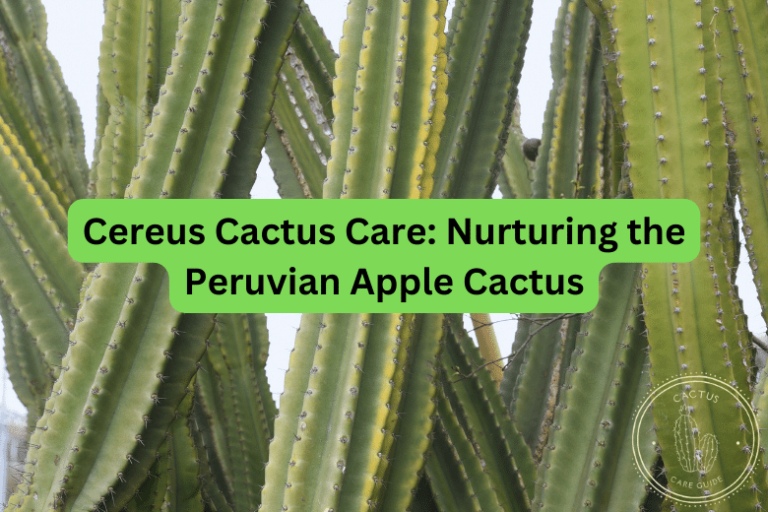Best Types of Cactus You Can Grow at Home: Q&A
Cacti are perennial flowering plants that are popular with home gardeners. With proper care, cacti will delight their owners with bright and unusual colors.
For those who want to get into gardening but have not had much success in the past, cacti are the best option.
This article is dedicated to looking at the different types of cacti that are suitable for home gardening.
What is a cactus plants?
Cactus plants are succulent plants that appeared a long time ago in Southern America, and then, thanks to migratory birds, gradually spread throughout the Western Hemisphere.
Cacti are some of the most exquisite species of evergreens which are also some of the hardiest desert plants.
Most cacti can tolerate a lack of water and very high temperatures. Their nature makes them ideal for all types of plant lovers, even those who have difficulty caring for other types of plants.
As there are around 2.000 species, varying in size, shape, color, and habitat type, it cannot be easy to choose just the right plant for your living conditions.
Indoor cactus types
Such types of cactus as Monkey tail cactus, Zig zag cactus, Rick Rat cactus, Chin cactus, Ladyfinger cactus, and some other cacti are excellent to grow indoors, as they are very popular due to their unpretentiousness, unusual appearance, and wonderful flowering. So, let’s take a look at the cacti belonging to the prickly pear family.
Prickly Pear Cactus Plants
The prickly pear cacti are a plant comprising cylindrical stems with thickened green pads overlapping each other. As the plants mature, some of the pads may become woody and turn brown, resembling tree trunks.
? Check Out: How Fast Do Prickly Pear Cactus Grow
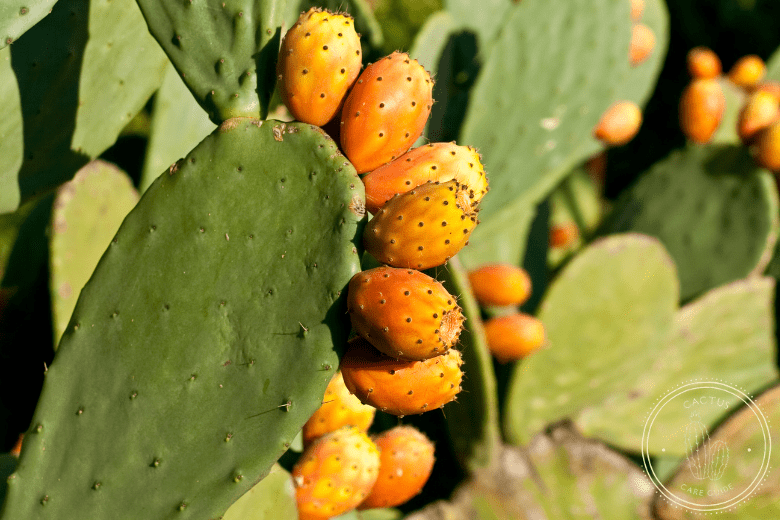
Such cacti can boast edible fruits. However, before you can enjoy their sweet flavor, reminiscent of watermelon, you need to remove the small thorns covering the fruit.
Bunny Ears Cactus Plant
The Bunny Ears cactus, also known as the Angel wing cactus or Bunny cactus, belongs to the prickly pear cactus family and flaunts hot pink flowers. Its scientific name is Opuntia Microdasys. This cactus comprises a pair of long curved stems, reminiscent of bunny ears.
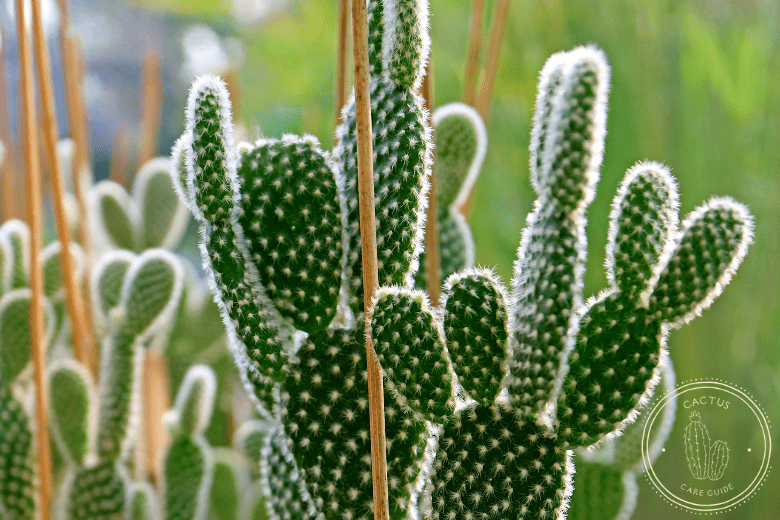
This type of cute cactus requires almost no maintenance, which makes it an ideal starting cactus for those who worry about forgetting to take care of their plants. Regardless of whether the Bunny ear cactus is planted inside or outside, it needs a container with good drainage.
Christmas Cactus
Another cactus species well suited for home gardening is the Christmas cactus. The cactus has a botanical name – Schlumbergera x Buckleyi.
This cactus forms small flat segments of the stem, which are naturally rounded, with small notches on both sides. They bloom at the ends of these segments. The Christmas variety has tubular flowers with neon pink stamens carrying pollen.
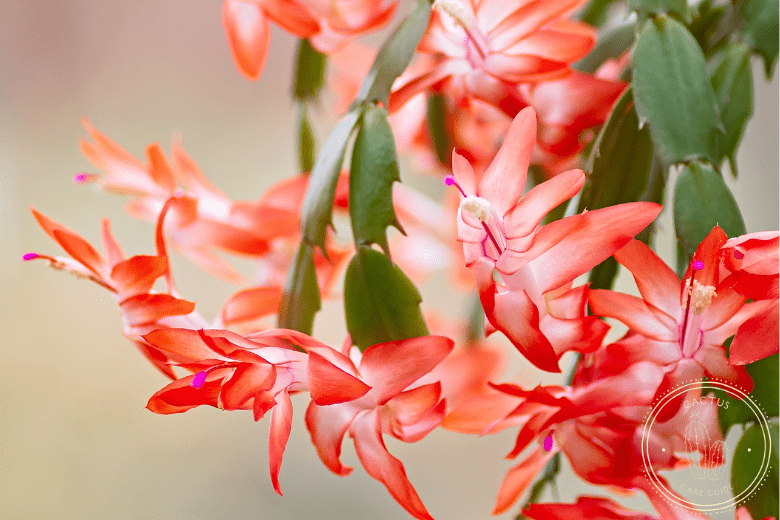
Any variety of this cactus can be grown as an indoor houseplant all year round, except in summer when you can take it outside.
Golden Barrel Cactus
The iconic golden barrel cactus is defined by its charming appearance, spherical shape, and golden sharp spines. Classified as an endangered species with short spiny stems and pale-yellow blooms, this variety of round cacti is a unique addition to any garden due to its exoticism that few other cacti can match.
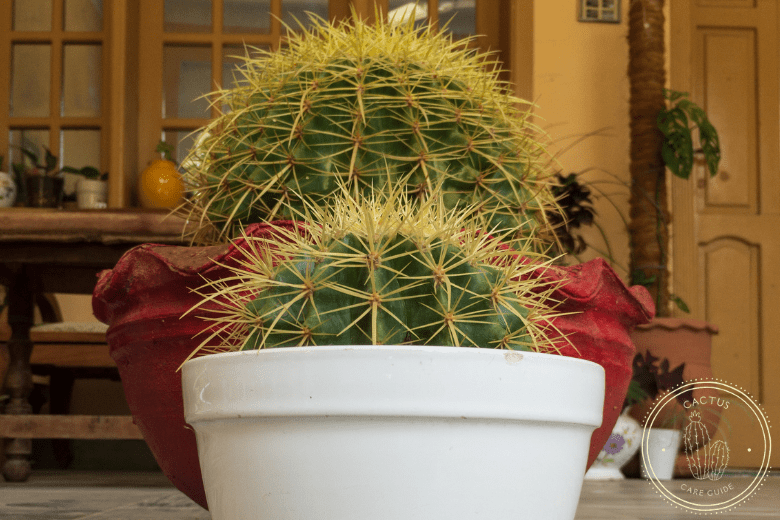
The golden barrel cactus-like other succulents accumulates water in a thick spherical body, which allows it to withstand long periods of drought, thus being a great choice for many gardeners.
Moon Cactus
The moon cactus is an indoor cactus plant known to have red, orange, or yellow flowers instead of green. They are also known as ruby balls or red caps and are popular indoor cacti.
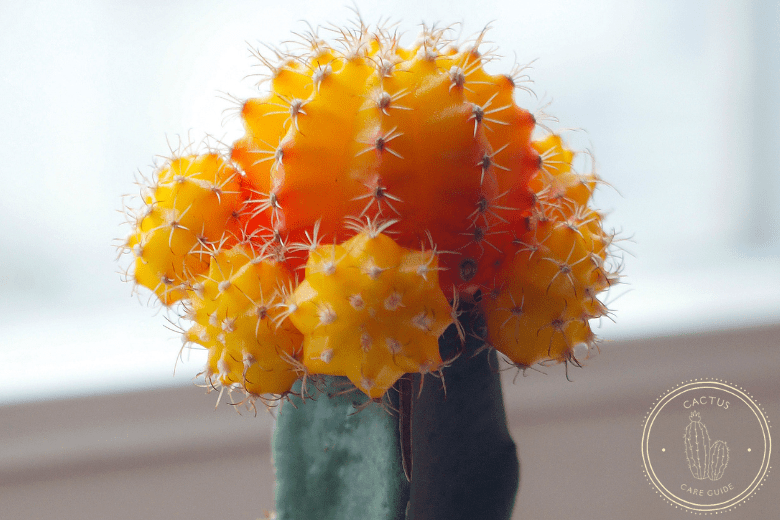
These plants, like other types of cactus, are quite resilient during drought. The presence of large amounts of water is important for moon cactus, but the soil should not be permanently wet, as rotten roots can develop. For optimal growth, fertilize the cactus while it is still in development.
Easter Cactus
The Easter cactus is a holiday plant that is commonly mistaken for the Christmas cactus and the Thanksgiving cactus.
If the right conditions are created, it can be grown indoors and its vibrant blooms can be admired.
Easter cacti prefer bright indirect light, which means away from bright sun rays.
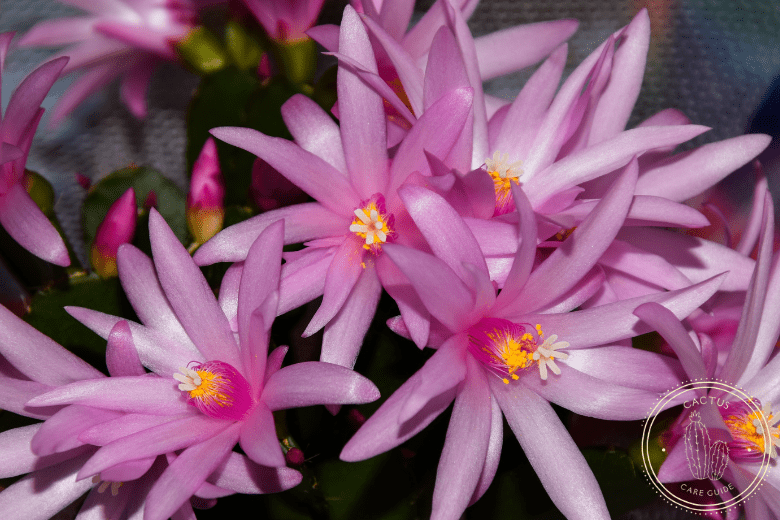
Easter cacti prefer high humidity, which is why it’s better to place them on a tray filled with water. During the active growth season of spring to autumn, it is recommended to fertilize the Easter cactus once or twice a month.
Barrel cactus
The barrel cactus is a barrel-shaped cactus with thick, ribbed stems covered with spines. The body of the barrel cactus is usually green but can be yellow or grey.
Plants are grown in the summer months from seedlings that take about two years to mature before they can be planted outside or inside the house.
Barrel cacti can be reproduced by cutting off the top and removing some pieces before placing them in the soil with water.
Barrels need lots of sunlight. Barrels are also susceptible to frost, so they need to be placed in a cool place for the winter months or brought inside if you live in an area that has a cold winter.
Rat tail cactus
The Rat-tail cactus is an impressive cactus that has long trailing stems and blooms in spring and early summer.
Rat tail cactus loves bright, direct sunlight all year round, so it needs to be placed where there is a lot of direct light. The soil must be kept moist during spring and summer. Autumn can reduce the amount of water, reducing it as winter approaches.

During winter rest, the plant usually does not need water, but you can water a little if the soil is completely dry. Even though this cactus is a slow grower, it will always be easy for new plant parents.
Feather Cactus
The feather cactus is a type of cactus plant that is widely valued as an indoor cactus plant because of its fluffy, delicate appearance, sweetly scented flowers, and easy maintenance.
Ensuring the right amount of light is crucial for the growth of the feather cactus. With bright direct light, your feather cactus will grow healthy and beautiful.
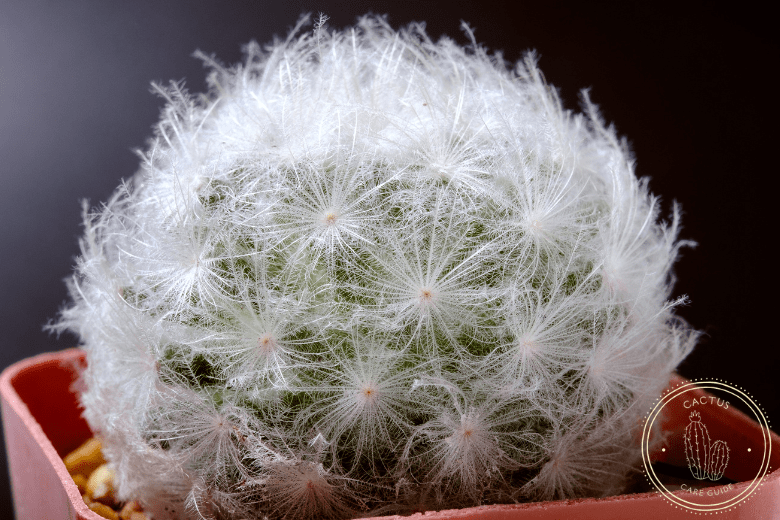
Star Cactus
The star cactus is a low-growth, botanically known as Asterium astrophysium. It is shaped like a dome with sharp, though shallow, 5 to 8 green to brownish-green ribs.
A star cactus can grow in any type of soil until it drains well. Does not require frequent watering. Moderate watering is required only in dry periods.
Since the plant undergoes a period of rest when the temperature can reach 5 °C (41 °F), it must remain dry, which is necessary for the successful resumption of stellar peyote growth.
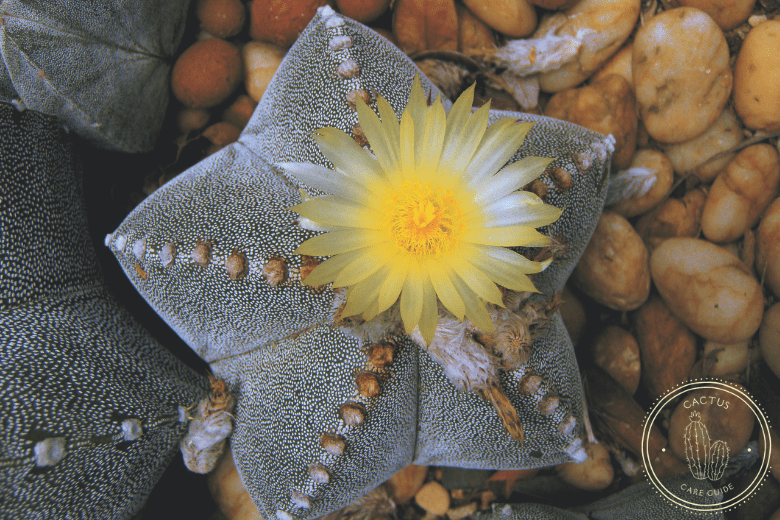
Peanut Cactus
The peanut cactus is a branched cactus with finger-like stems. Each ribbed stem can grow up to 6 inches long and 0,5 inch in diameter and is covered with small white bristles.
Although this cactus may look prickly, the spines are soft but do not touch them, as small bristles can still pierce the skin. However, because the cactus is soft, it is easier to process and grow than some of its spikier cactus relatives.
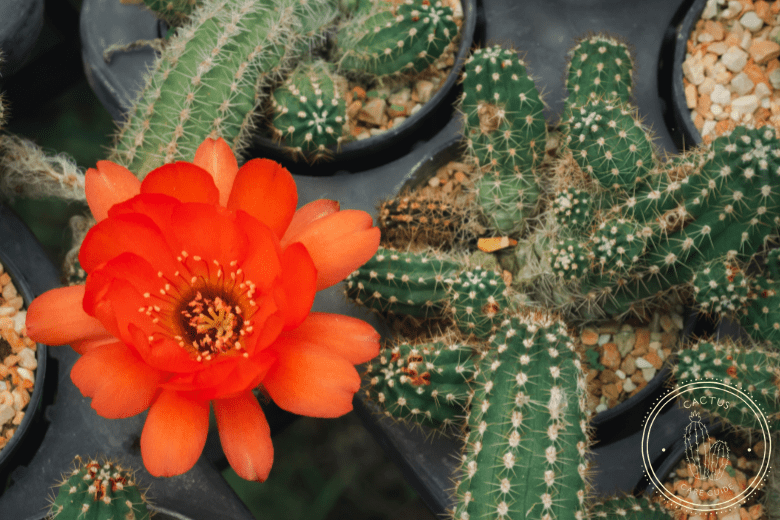
The peanut cactus is a low-maintenance cactus that will be a good addition to the succulent garden both indoors and outdoors.
Ric Rac Cactus
The Rick Rac cactus is a cactus species known as the Zig-Zag cactus or Fishbone cactus that blooms very rarely.
The Ric Rac cactus consists of a tall, fluted stem, with several large branches curving upwards.
Such cactus belongs to those types of cacti that rarely occur indoors. But if you decide to get it, remember that they are not frost-resistant, and should be moved to a place with partial sunlight, because if you put it in full sun for a long period, the plant can burn.
Saguaro cactus
The Saguaro cactus is native to the Sonoran Desert, located in the southwestern United States and northwestern Mexico. Saguaro cactus provide food and shelter for a variety of desert animals. And because they are often the tallest plant in the desert, they also provide nesting and resting places for birds and protection for other animals.
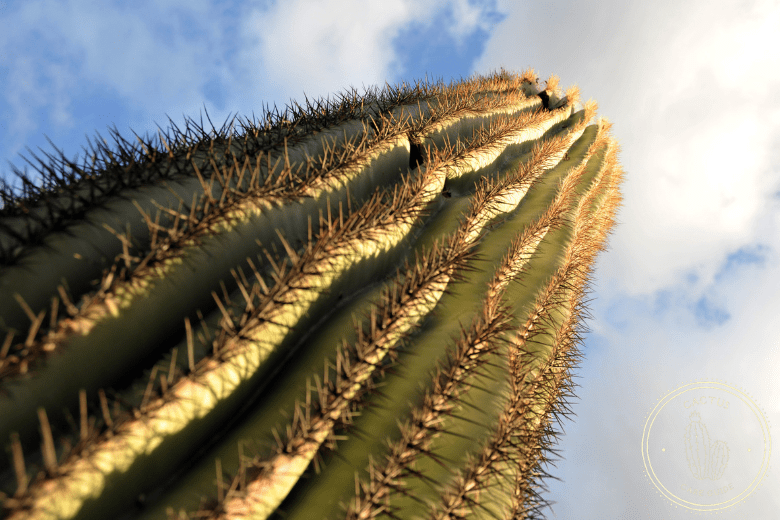
The saguaro cactus, which can grow to the size of a tree, has a life span of up to 200 years. It is recommended to grow Saguaro cactus indoors, in containers that provide sufficient space for growth. The care of the saguaro is minimal.
Fairy Castle Cactus
The Fairy Castle Cactus is a thorny succulent that has yellow night-blooming flowers. Growing this cactus is easy, as it is one of the rare cactus plants that require little care and persists even under severe neglect. Fairy Castle cactus requires full sun and well-drained soil to grow.
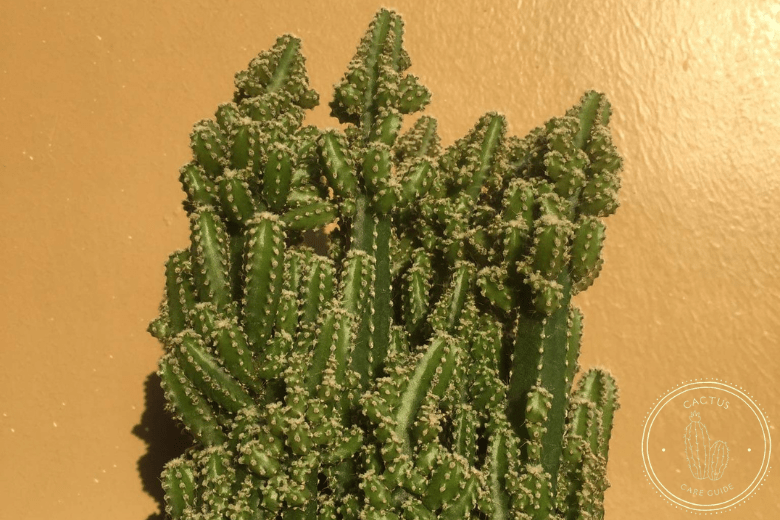
It is one of those cacti that grows slowly, but even so, its easy care will add charm to mixed container plantings and will make a lovely stand-alone specimen for your home garden.
Indoor cactus care
The care of most types of cactus discussed above is simple and does not differ much from normal cactus care if you correctly comply with the requirements of bright light, watering, and fertilization.
- Light
Cacti need four to six hours of bright light every day. Nevertheless, certain species might scorch in direct sunlight. Give the plants filtered light and moderate irrigation. During the summer months, place your cactus outside to receive a lot of light.
- Water
Water the cactus every ten days during the active growing and flowering period in spring and summer, ensuring thorough drainage. Reduce watering to once every four weeks during winter dormancy (or once every six weeks for some species).
- Fertilizer
Cacti possess the ability to thrive even in the most challenging environmental conditions. Although any fertilization attempts are appreciated, they are not crucial. For optimum results, fertilize cacti two to three times annually, exclusively during the active growth season. Fertilization should be reduced during the winter period.
Pests
It is crucial to bear in mind the threat posed by pests to your indoor cactus plants. Pests like mealybugs are notorious for attacking cacti by using their armored bodies to overcome the cactus spines. These pests tend to congregate in clusters and can harm your cactus if swift action is not taken.
You can straightforwardly eliminate them by using a toothbrush or cotton swab. Nevertheless, it would be preferable to take preventative measures beforehand to prevent their emergence. To this end, you can use an organic root pest control solution.
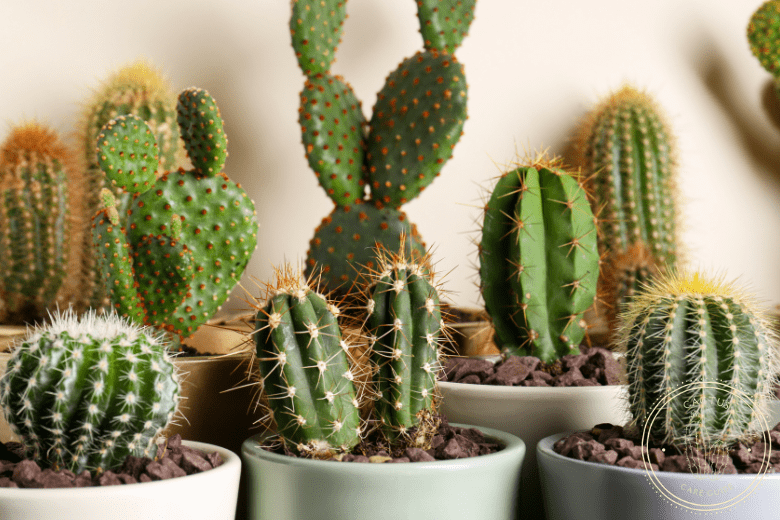
Conclusion
Don’t be discouraged if your first attempts at growing indoor cactus plants are unsuccessful and they rot.
By following this guide, you’ll have a better understanding of how to care for cactus plants and keep your succulent garden healthy.
You might also like:
? Types of Cactus Without Spines
Frequently Asked Questions
Here is a list of questions to which the replies are fully provided.
What is the best cactus to grow indoors?
Typically, it depends on the zone where you’re located. Cacti like the saguaro, which need lots of light and warmth, might not be suitable for people living in cold, dark areas. But there are cacti, like the moon cactus, that can tolerate the low light found in such places.
Your experience in growing the cacti plants must also be considered. If you are new to cacti gardening, it is advisable to start with species that do not require much care.
One of the best kinds of cacti to start growing is a Christmas cactus that will grow through almost anything.
Are cactus good indoor plants?
As a rule, yes. Cacti like dry conditions and warm, comfortable temperatures, usually found at home. They also do not need to be watered or pruned often. However, some species will grow better indoors than others due to their size and sunlight requirements.
How long does an indoor cactus live?
The life expectancy of cacti ranges from 10 to 200 years, depending on the species. Saguaro is a cactus that lives on average 150-175 years but sometimes exceeds 200 years.

Greetings, dear succulent lovers! I’m Jennifer West and I’m happy to share with you practical tips and guides on growing and caring for succulents, as well as all the magical facts about these unique plants. Grateful to have you on this green journey with me! Check out more about our team here.




